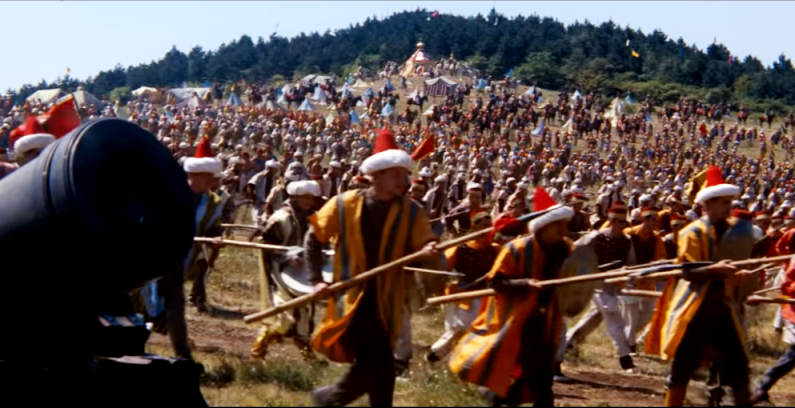"A nation that does not know its past does not understand its present, and cannot create its future!"
Europe needs Hungary... which has never let itself be defeated.
Gritti's empire
Who was Lodovico Gritti ? Venetian and Turkish, schemer and spy, murderer and traitor, ambitious and rich, talented but without character, and all his thoughts revolved around the acquisition of power, for which he was ready to commit any illegality at any time. All the words in the list - although not complete - are true, which, however, require itemized explanations.
Lodovico Gritti's political career began with his father Andrea Gritti . However, the family's history is deeply rooted in Venice's past. The Council of Venice, the Serenissima, assigned the son of the city's renowned patrician family, Andrea Gritti, to Istanbul to represent the city's interests in the Ottoman Empire. Lodovico, the family's fourth son, was born here in 1480. Little Lodovico spent his childhood years in Istanbul, where he was deeply ingrained in the city's atmosphere, rhythm of life, and hustle and bustle, where he made his first friends.
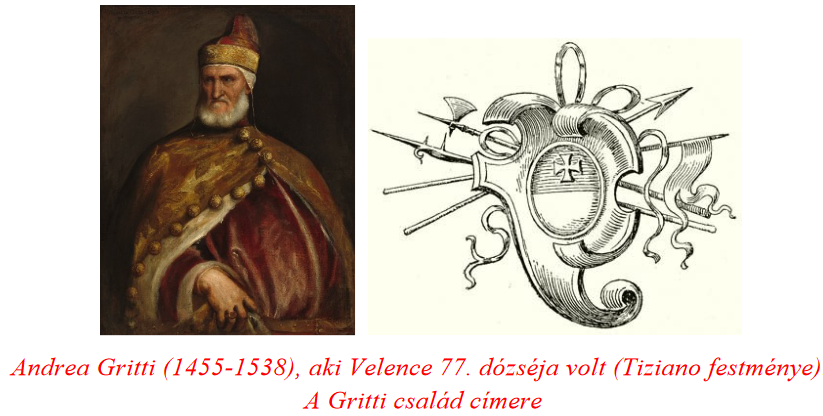
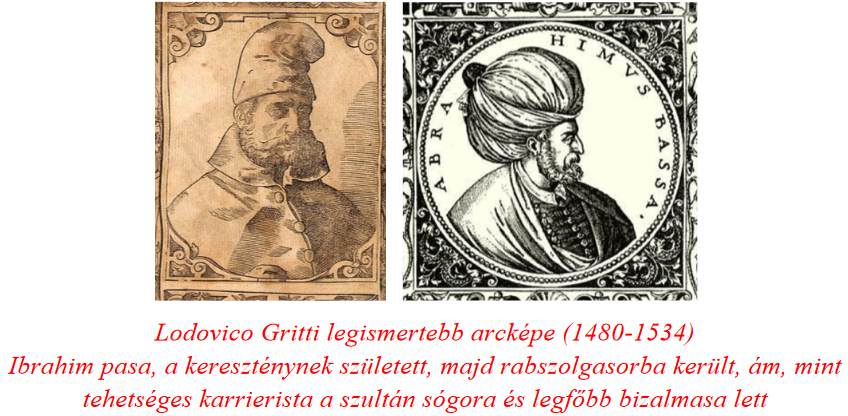
After some time, the Gritti family moved back to Venice. However, Lodovico, who was already 28 years old at the time, decided to return to Istanbul because he wanted to live in his beloved city and pursue a career. The Ottoman Empire lived its heyday in these years. Especially when Sülejmán Nagy came to the throne in 1520. The ambitious Sultan, who set his sights on conquering Europe, appointed Ibrahim Pasha as Grand Vizier. Gritti entered into a confidential, good friendship with the Pasha, which elevated both himself and the Venetian trade. Among other things, it is also thanks to this fruitful relationship that in 1523, the leadership of the Kalmar town appointed Andrea Gritti, the father of Lodovico Gritti, who "became a Turk", as its first man, he became the 77th Doge.
For the career of the younger Gritti in Hungary, it is necessary to know that Pasha Ibrahim, the talented and loyal friend, was not just anyone next to Sülejmán, who destroyed our country. Ibrahim was the commander-in-chief of the conquering campaigns led to Hungary, including those against Nándorfehérvár, Mohács, Kőszeg, and together with Gritti, he was the all-powerful master of the Turkish Porte during these years. Gritti, approaching his fiftieth year, was given the task by the Porte to act as an arbitrator in the negotiations between King Ferdinand and John. It was then that Gritti realized that he could turn the confused situation that characterized Hungary to his advantage. In the spring campaign launched by the sultan against Vienna in 1529, Gritti already participated as an army transporter. One of his goals was to get close to King János, which he soon achieved. When the Turks occupied Buda Castle in the fall of 1529 - after a six-day siege - Gritti was already a royal councilor, chief treasurer, and the holder of the title of bishop of Eger. (However, he achieved all this under Turkish pressure, as János Szapolyai was already a vassal of the Sultan at that time.) Sülejmán's real goal, however, was the capture of Vienna. The siege of the city took place on September 27, 1529. However, the hitherto invincible Ottoman force retreated after a three-week siege. The first unsuccessful siege of Vienna was Sülejmán Nagy's first major failure.
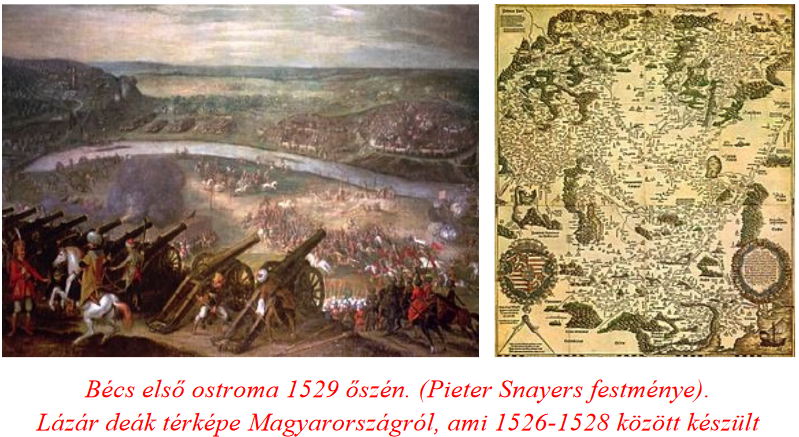
The events of the civil war in Hungary between 1526-1538 included, for example, the capture of Buda, the siege of Vienna, János Szapolyai's friendship with the Turks, and the actions of the Hungarian lords who fought against each other that put the country in danger. Recognizing this and taking advantage of it, Gritti, after securing his positions, returned to Istanbul. From there, he was able to better control the economic and political affairs of Hungary and Venice, while also carefully ensuring that he did not fall out of favor with the Porte. Because the fight for power, money, and offices also raged among the Turkish nobles living around the Sultan.
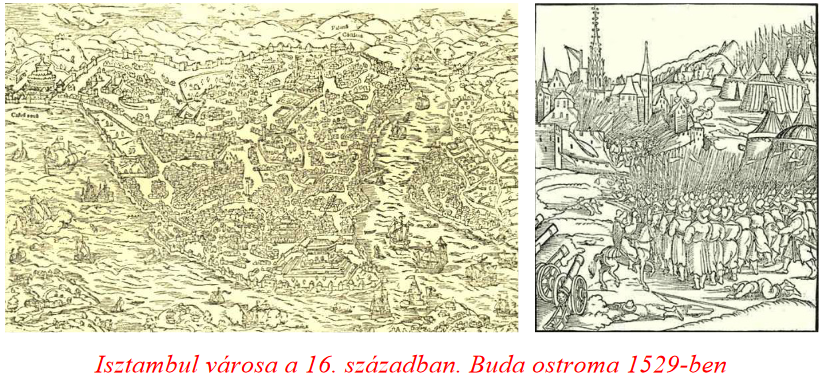
Lodovico Gritti, Governor of the Kingdom of Hungary (1530-1534)
In October 1530, Gritti returned to Buda as the sultan's emissary.
It was then that the troops of Ferdinand Habsburg besieged Buda Castle. Gritti showed off his excellent general skills and defended the castle in favor of the Turks and King John. The king and his entourage praised Gritti to the skies, who, seeing the success surrounding his person, strove to obtain the power of the governor. However, a part of the nobility, especially the high priests, protested vehemently against having the sultan's man, and a Venetian, rule the country alongside or instead of King John. However, Gritti assured the lords and the people of the church that he is a good Christian in his heart and soul, so they should trust him. He was elected governor. Eight decades after János Hunyadi, such a governor became Hungary!
After that, the plotter hastily left for Istanbul. The Venetian-Turkish-Hungarian lord, after completing his affairs at the Porta, came to Buda for the third time in the spring of 1532. During these months, the contradictions between the two kings - Ferdinand and John - intensified to the end. Negotiations have now been replaced by the word of arms. The Turks marched again towards Vienna with a huge army, but before attacking the imperial city - almost at the same time - they besieged the castles of Esztergom and Kőszeg. However, Esztergom remained in the hands of Ferdinand, which Szapolyai and Gritti tried to occupy with a joint force. The Turks only achieved some success at Komárom, when they crossed the Danube. However, the most significant event of the campaign was the attack on Kőszeg, as the road led through the fortress in western Hungary towards Vienna.
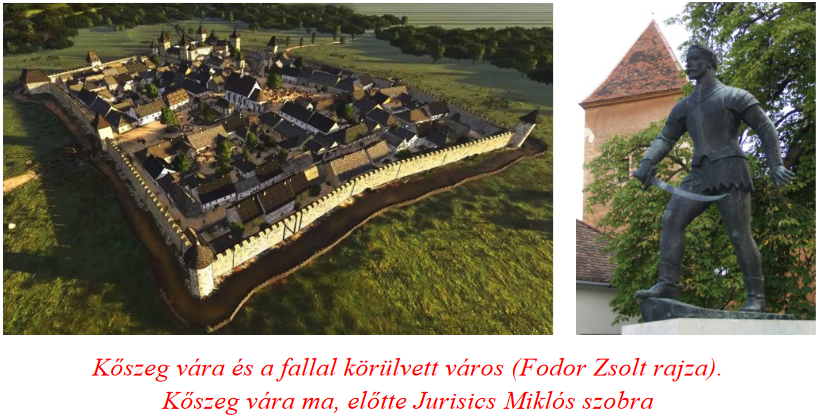
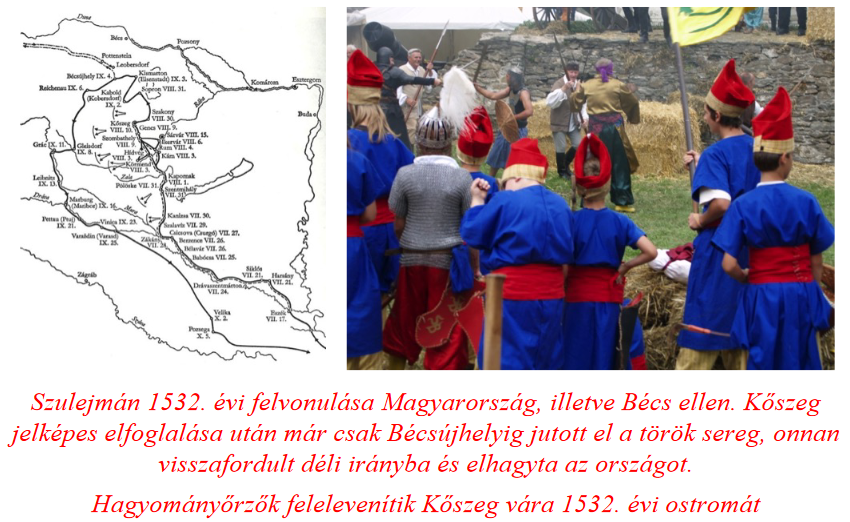
The siege of Kőszeg lasted more than three weeks. This siege was one of the outstanding battles of the castle wars. Miklós Jurisics, who has Croatian roots, confronted the nearly one hundred thousand Turkish army with his Hungarian and Croatian soldiers and a defense army of only a thousand people. (It should be noted that Sülejmán's large army was not organized to capture Kőszeg, but Vienna.) But Sülejmán could not even capture Kőszeg. However, it should be known that the Turkish army marched without cannons, which was a significant disadvantage when besieging a castle. The siege ended with an unusual settlement. Although the Turks were able to display the horse-tailed flag on one of the bastions of the castle, they did not occupy Kőszeg. The tired Turkish army, pregnant with failure, retreated towards Vienna. (In memory of the defenders of Kőszeg, the bells have been rung every day since 1777 at 11:00 a.m., when the "southern chime" is signaled in Kőszeg.)
The failure at Esztergom and Kőszeg, as well as the retreat of the tired Ottoman army from Vienna - the second time after 1529 -
also sealed Gritti's fate. Neither the Sultan nor King János trusted the cloak-twisting schemer anymore. The Hungarian gentlemen could think about who is actually the master of the country? János Szapolyai or Lodovico Gritti? After King John Ferdinand's advance to the east, he was forced to take refuge in his own country. He fled from Buda first to Temesköz and then to Eastern Hungary from the Christian wars. Perhaps the only advantage of these months was that a monk from Sajólád, who proved to be a talented politician, appeared in the king's company, friend György, aka Fráter György.
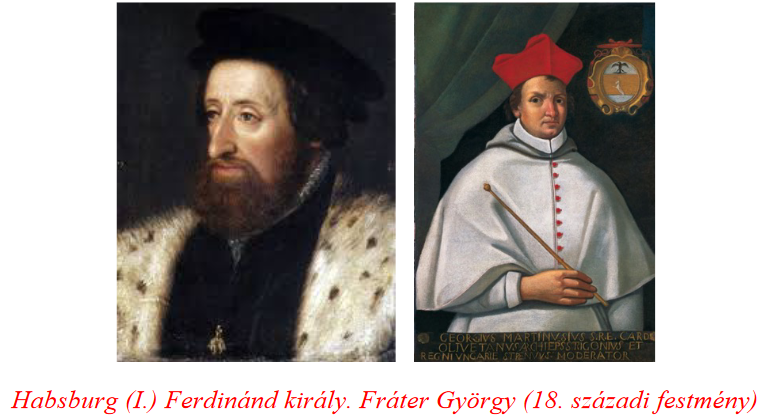
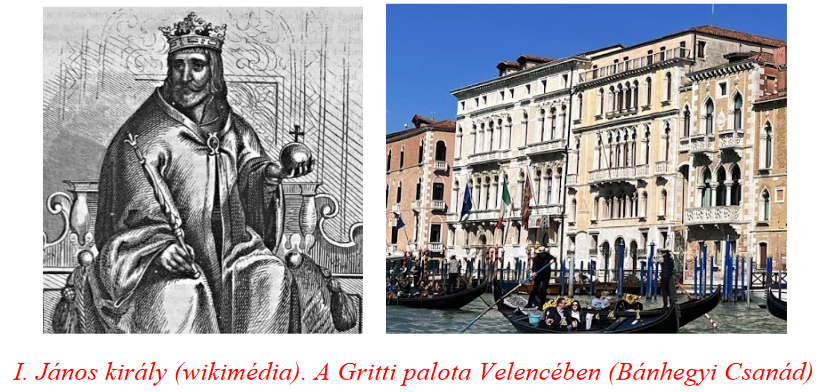
We find Gritti again in Istanbul in the spring of 1533, where he tried to restore his increasingly weak position. The "Hungarian governor" spent a year in the Turkish capital during the most critical period, which characterizes his indifference to Hungarian affairs. The only way he could keep the support of the scheming Ibrahim Pasha and the Sultan was by showering them with wonderful gifts and assuring the leaders of the Ottoman Empire of his unwavering loyalty. In the meantime, he used eloquent words to convince the Viennese ambassadors in Istanbul that his only goal was to save Christianity and Hungary, and he did everything he did for this purpose. And he already had to assure King János that he would not seek to obtain the Hungarian throne, because, among other things, this news about him had spread. His father, the Doge of Venice, was already worried about his son, because he saw that three rulers could not be served to the extreme with impunity. Gritti's most dangerous opponents, however, were the high-ranking officials of the Porte, who watched his every word and every action, and easily found a way out of many disguised adventurers. He slowly lost the trust of the sultan, his supporters in Istanbul abandoned him, and he could still be happy that he was able to make his fourth and final trip. At the head of a large entourage, Gritti came to Hungary again in the summer of 1534, but he knew that he would never be able to return to his beloved city, Istanbul, nor did he make it to Venice. His fate caught up with him in Transylvania.
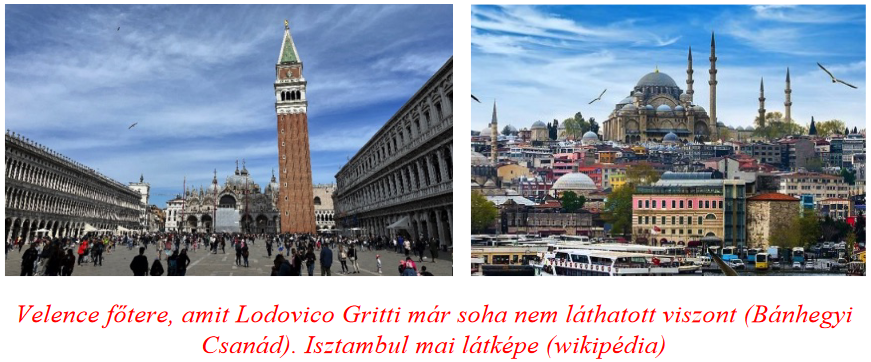
The failures in Hungary and Vienna did not weaken the fighting power of the Ottoman Empire. This is clearly demonstrated by the fact that, despite Suleiman's European policy, he attacked his ancient rival, the Persian Empire, in 1534-1535. He also used his strength to capture Baghdad, one of the centers of the Islamic world. After that, however, the ancient city began to decline, and Istanbul took over the leading role of the Asian Islamic empires.
The news about Gritti from the porta reached Hungary as well, and the "governor" who arrived in Transylvania was already considered an enemy by King János's men.
King János sent Imré Czibak, bishop of Várad, a strong and battle-hardened warrior, to receive Gritti, but rather to capture him. Gritti, who was anointed with everything, saw that Imre Czibak was a danger to him, so he trapped him and killed him. The Transylvanian nobility has now turned away from the schemer for good. And his entourage from Istanbul, seeing the fateful turn of events for them too, left their leader alone in the camp in Brasov. Ferdinand's men also acted in a similar way, and they also turned away from the governor-envoy. Gritti, who was also struggling with illness, entered the castle of Medgyes, located nearly a hundred kilometers from Brasov, where he was trapped. The castle was besieged by the combined forces of János, Ferdinand and the Voivode of Moldavia, but the defenders put up a strong resistance. The fighting spirit of besiegers and defenders was greatly encouraged by the knowledge that Gritti's lodging contained fabulous wealth. The reality was not far from the news. The schemer brought more than a million gold with him from Istanbul.
During the siege, Gritti was captured and beheaded in the town square on September 29, 1534. the life of one of the talented adventurers of the time, who at one time determined the fate of Hungary, ended
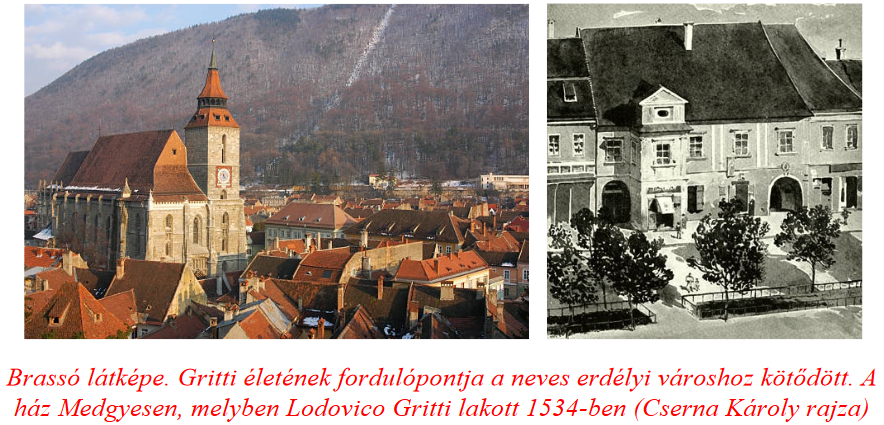
The antecedents of the Peace of Varad concluded in 1538
Among other things, Gritti's death made it possible for King John and his advisors to pursue their own policies.
In 1535, two delegations left from the court of King János to the two Habsburg monarchs. One of them, led by István Brodarics and Ferenc Frangepán, left for Naples. The victorious fleet of Emperor Charles V of Habsburg arrived here, which drove the Arab-Turkish pirate ships from the trade routes of the Mediterranean Sea. Károly V - swimming in the euphoria of victory - warmly welcomed the Hungarian king's delegation. The other delegation was led by György Fráter (Martinuzzi) to Vienna, where King Ferdinand I of Habsburg received the delegation of his rival. The theme was the same in both places. The Hungarian envoys assured the emperor and the king that King János was only maintaining the alliance with the Turks for tactical reasons, so the western half of the empire did not have to fear Suleiman's attacks. (The Hungarian delegations arrived in both Naples and Vienna at an auspicious time. First, because Károly V was celebrating the victory at sea. Second, because this was the year Ferdinand designated Bratislava as the final capital of the Kingdom of Hungary. Third, because Sülejmán this year fought against the Persians.)
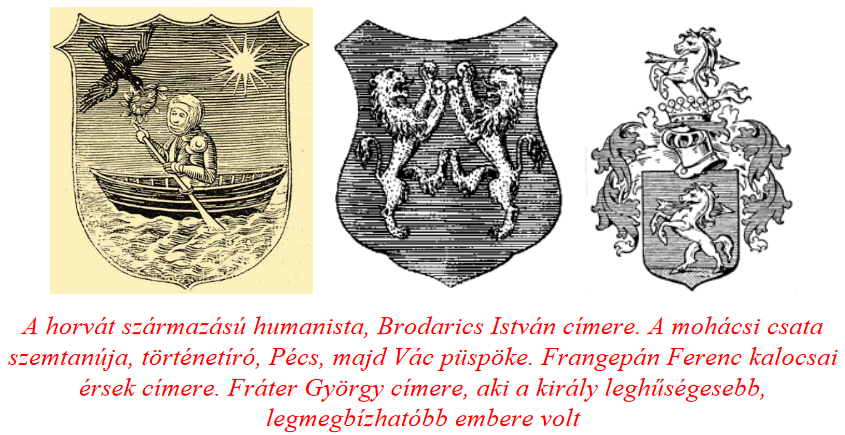
However, disturbing news arrived from the western half of Europe in 1535-1536. Austria and Spain attacked France. With this, he entered a new phase of warfare. VIII. King Henry of England executed Thomas Morus and two of his six wives, thereby openly confronting the Pope. England broke with Rome, and Henry established the Anglican (Protestant) Church in the island nation, which caused another wave of the spread of the Reformation.
The situation between János and Ferdinand became hostile again. King János I cunningly occupied Kassa, one of the richest and strategically important cities of the Habsburgs. An even greater blow befell the Habsburgs when they suffered a heavy defeat at the hands of the Turks in Eszék. The purpose of the twenty-one thousand well-equipped and trained imperial army was to drive the Turks out of Europe. But as a result of General Katzianer's disastrous leadership, the Christian army was almost completely destroyed on October 9, 1537.
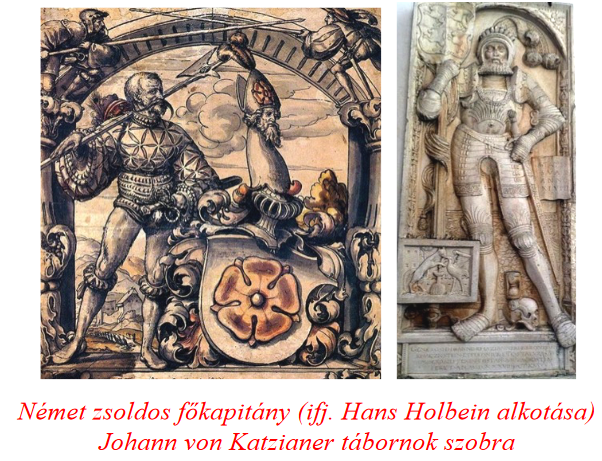
Taking advantage of the tragic Austrian defeat, King János sent his henchman, Bálint Török, to plunder Transdanubia.
Among other things, the lord's soldiers robbed Győr, which fueled the enmity between the two kings to the last. This war, which turned Hungarian against Hungarian, had to be stopped, which was made possible by the Peace of Varad. The meeting between the delegates of the two Hungarian kings had to be kept secret from the Turks. On February 24, 1538, the ambassadors of the two Christian states concluded a historic peace in Várad. The treaty stated that the eastern part belonged to King John, and the western part to Ferdinand. It was further written that after the death of János - who had no wife or children and was already old - the eastern parts would also become Ferdinand's property. However, it was also included in the contract that if János were to have a son, he would have to be compensated with a German duchy.
However, the contracting parties still distrusted each other.
Szapolyai did not trust whether Emperors Ferdinand and Charles would have helped King John against a Turkish attack. And the Habsburgs did not trust János's sincerity, which he promised in the matter of the succession to the throne. The historic convention was indeed short-lived. On March 2, 1539, János Szapolyai married Izabella Jagielló, the daughter of King Sigismund of Poland, who was thirty years younger. In response, King Ferdinand sent the ambassador Jeromos Laszky to Constantinople to reveal the Várad peace agreement to the sultan. Contradictions have renewed.
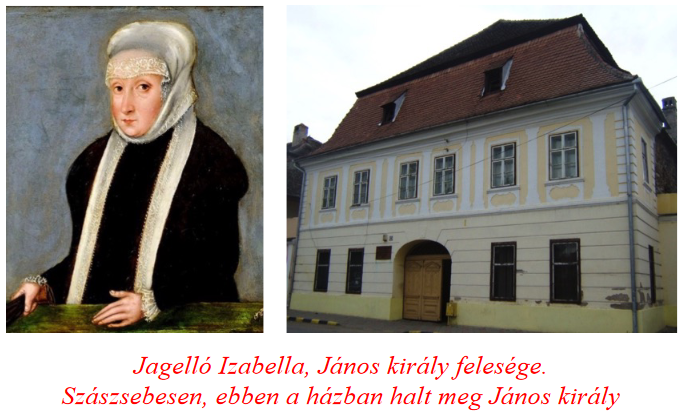
Izabella gave birth to a baby boy on July 7, 1540, who is known to history as János Zsigmond (named after the first name of the father and maternal grandfather). Two weeks later, János Szapolyai died suddenly, perhaps of a heart attack. In his last will, however, he instructed György Fráter - the only one he trusted - not to comply with the clause of the Peace of Várad regarding the succession to the throne, and to bring his son to the Hungarian throne at any cost. György Fráter was a brilliant politician, and in order to achieve his goal, he even accepted the help of the Turks - which had historical precedents. Ferdinand tried to prevent György Fráter's plan with military force, but Sülejmán was already in the Buda region at the head of his armies in 1541.
Capture of Buda. Splitting the country into three parts
It is well known that Buda was first occupied by the Turks in 1541.
Let's remember from the previous chapters that Sülejmán occupied Buda for the first time in 1526, immediately after the Battle of Mohács, looted it and then left it. He took possession of it for the second time in the fall of 1529, but the sultan's original goal at that time was the capture of Vienna. Buda finally fell into Turkish hands in 1541, but for a century and a half from then on. (Many people know the legendary story from the novel The Stars of Eger.) The castle, in which Izabella, little János Zsigmond, György Fráter and Bálint Török stayed, was besieged by Ferdinand's troops in the spring of 1541. Wilhelm von Roggendorf, the imperial general, attacked Buda with about twenty thousand mercenaries when the Sultan's troops arrived in July 1541 under Buda. The emperors fled, some of them were forced into the Danube.
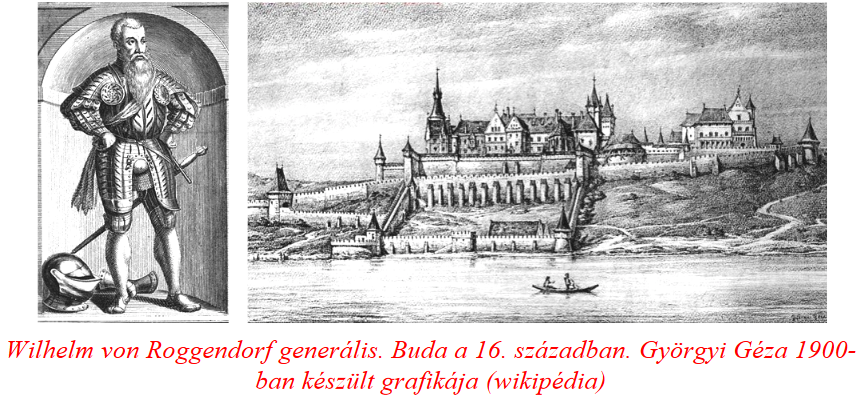
The Sultan's troops paid a "friendly visit" to Buda Castle.
At a certain signal, the Turkish visitors, which had already increased to around ten thousand people, occupied the castle. The janissaries methodically took possession of Buda's strategic points, then called on all defenders to lay down their arms. The horse-tailed flag was hoisted on the castle ramparts and even on the roof of the Church of the Assumption of the Blessed Virgin Mary. All this happened on August 29, 1541, on the 15th anniversary of the Battle of Mohács.
The sultan's camp was in today's Óbuda, on the site of the Roman ruins, Aquincum.
Here he was visited by the unsuspecting Hungarian lords. Queen Isabella did not attend the meeting, the infant János Zsigmond was held in the arms of a nanny.
Szulejmán hosted the Szapolya party leaders, among them Bálint Török, István Werbőczy, György Fráter. He dismissed the lords after a while, except for Bálint Török. According to legend, the Sultan's sentence was then uttered: "Don't hurry, sir, there's still some black soup (coffee) left." Bálint Török was dragged from here to Istanbul, where he completed his earthly career in the Héttorony prison. Izabella and little János Zsigmond were able to leave for Tiszántúl and Transylvania, which the Sultan gave to King János's successor. Of course, they could not do this without compensation either, since the Hungarians could govern Transylvania and the Tiszántúl for about ten thousand gold coins.
The Turks made Buda a part of the Ottoman Empire on August 31, 1541, which meant that the country was divided into three parts. The Turkish Empire was wedged between the Kingdom of Hungary ruled by Ferdinand and the later established Principality of Transylvania, which consisted of the Buda and Timisoara Provinces.

In the name of the infant king - Zsigmond János - the sultan entrusted Izabella with the administration of the eastern territories of the country.
The loyal man of the late King János, Fráter György, continued to be a supporter of the family, who is considered one of the founders of the Transylvanian Principality. With his disguised Turkish friendship, he saved the eastern parts of the country from the Habsburgs in favor of the Hungarian king. However, George sided with King Ferdinand in 1549, which meant that Isabella was forced to leave the country and fled to Poland with her son. However, Ferdinand did not trust Fráter György, which he had every reason to do. Castaldo, Ferdinand's general, murdered the friend in his Alvinci castle in December 1551, following a heated exchange with Fráter György. (No one dared to go to the castle for seventy days, so the friend was only buried on February 25, 1552 in Gyulafehérvár Cathedral.)
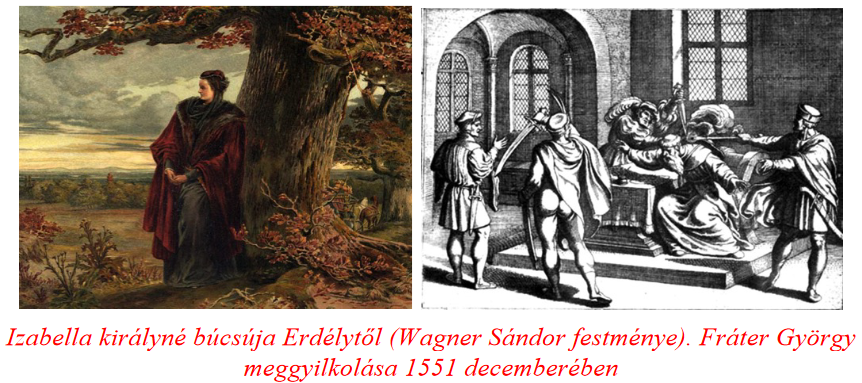
The expulsion of Izabella and the murder of György Fráter were not enough for Transylvania to fall into the hands of the Habsburgs.
The marching armies of the Ottoman Empire pushed back Ferdinand, who was forced to give up the eastern territories of the country. Seeing that the time had come, the Transylvanian Parliament recalled Izabella and the then 16-year-old II. King John. Izabella, who spoke four languages, was educated, knew the European culture of the time and supported religious freedom, created a genuine Renaissance center in Gyulafehérvár. In 1558, some of the Hungarian lords rebelled against him, who were defeated by Izabella's ally Balassa Menyhért. The hard-handed queen died in 1559 and was laid to rest in the Gyulafehérvár Cathedral. János Zsigmond took over the management of Transylvania at the age of 19, and he can rightly be considered the first prince of Transylvania.
The Principality of Transylvania was born in 1544, when Fráter György Tordára convened a parliament. Some of the gathered lords admitted - out of necessity - that the then four-year-old II. Instead of János, friend György is the number one controller and organizer of the eastern part of the country. At that time, however, this area still encompassed the parts of Temes, the areas between Transylvania and the Tisza, the part of the country between the upper course of the Tisza, and Kassa and its surroundings, in addition to Transylvania.
Author: Ferenc Bánhegyi
(Header image: YouTube)
The parts of the series published so far can be read here: 1., 2., 3., 4., 5., 6., 7., 8., 9., 10., 11., 12., 13., 14., 15., 16., 17., 18., 19., 20., 21., 22., 23., 24,, 25., 26., 27., 28., 29/1., 29/2., 30., 31., 32., 33., 34., 35., 36.

